
13 minute read
Managing Weeds With PP, PPI And Pre Herbicides
By Emi Kimura, James Grichar, Pete Dotray and Josh McGinty, Texas A&M AgriLife Extension
Best management practices for peanut production include effective season-long weed management. The four weed management principles in peanut production are: 1. Start clean. 2. Use residual herbicides. 3. Be timely with postemergence applications. 4. Know your weeds. Early season weed management is most important and should result in easier weed control later in the season. There are five critical herbicide application timings in peanut production. These application timings include preplant burndown, preplant incorporated, preemergence, early postemergence and
postemergence. Yield losses are minimized when peanuts are free of weed competition for the first four to six weeks after planting.
The use of PP, PPI and Pre herbicides are critically important for minimizing weed competition during the early season. April is a good time for planning and applying PP and PPI herbicides in your peanut fields while Pre herbicide applications are made at planting. Early post timing is 10 to 20 days after planting, with postemergence 20 to 45 days after planting.

Preplant Burndown
Early emerging weeds, such as Russian thistle and kochia, can be controlled by tillage or use of burndown herbicides.
Preplant and preemergence herbicides are a good start to reducing weed competition and yield loss.
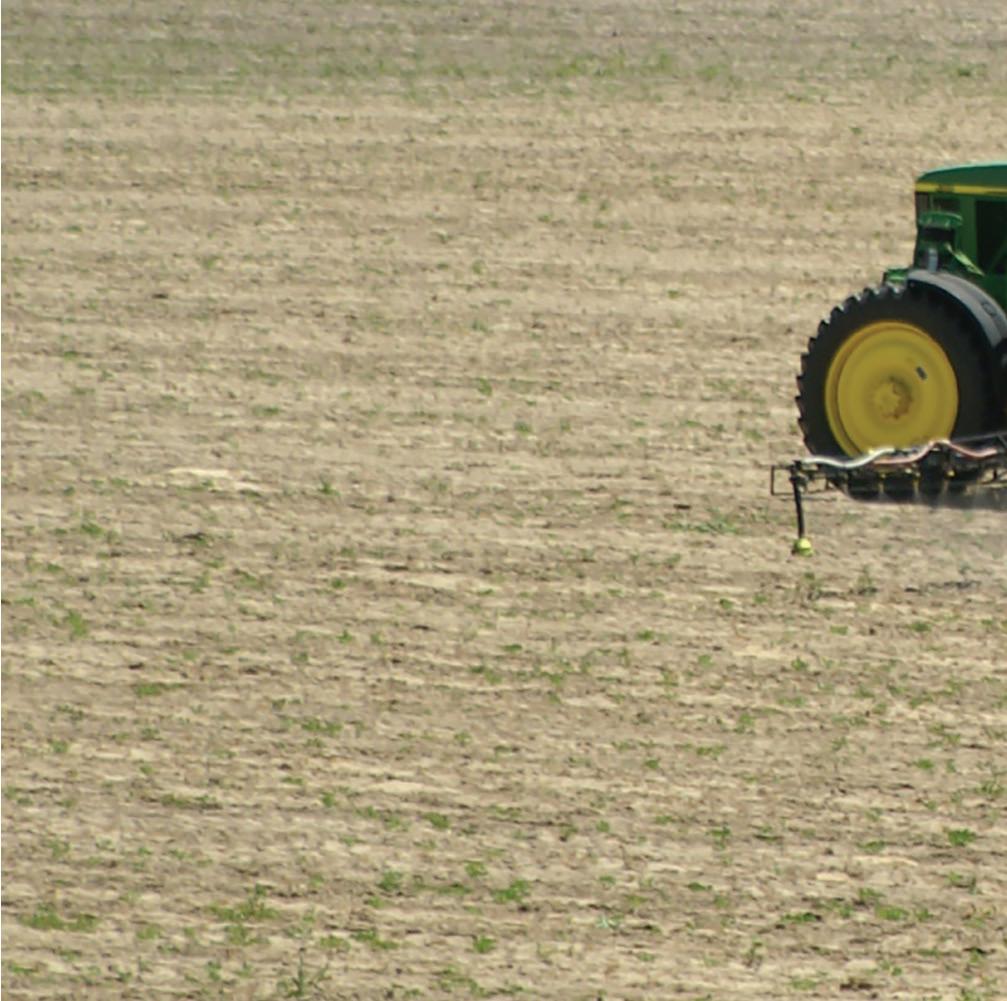
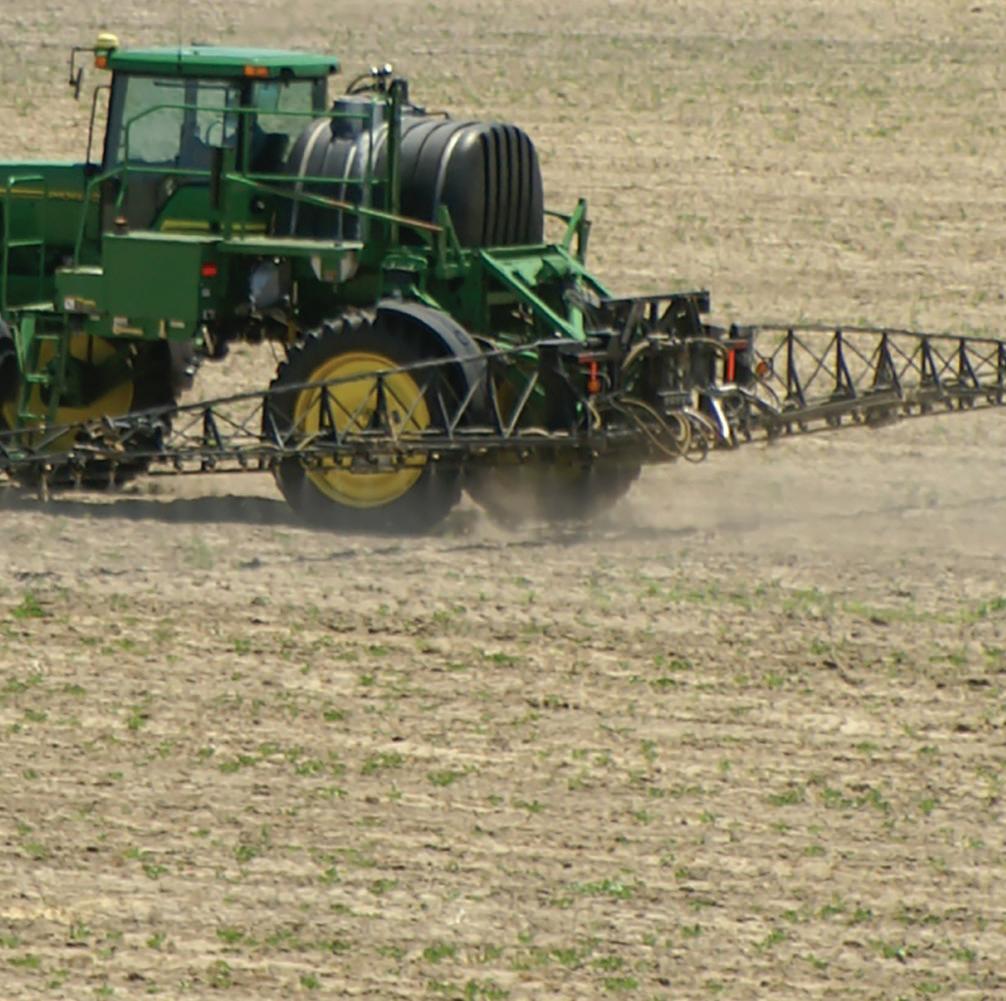
New Fungicide Brand Name
Corteva Agriscience recently announced it was implementing Onmira active (pronounced “ON-meer-uh”) as the new global brand name for picoxystrobin, the active ingredient in more than 15 of its fungicides.
Corteva Agriscience Global Portfolio Leader Keith Graham says, “Farmers worldwide will be better able to recognize our high-quality active ingredient in these current Corteva fungicide products, as well as new ones we will be launching.”
According to Corteva, Onmira is a highly active strobilurin (Group 11) fungicide used for the control of foliar and soilborne plant diseases. Products with Onmira are labeled for soybean, corn, wheat, rice, sunflower, canola and oilseed rape. For more information on Corteva Agriscience, visit www. corteva.com.

New Herbicide Molecule Discovered
Bayer recently announced pipeline advancements for the
Crop Science Division. One of those is a new herbicide molecule that will be part of the first new post-emergence mode of action for broad-acre weed control in 30 years.
Multiple MOAs for weed control are important for managing herbicide resistance and enabling practices that help to sequester greenhouse gases, like no-till farming. Discovering new herbicide MOAs has been a challenge for the industry, but, according to Bayer, its continued investment, leading compound library and advanced screening capabilities have enabled a breakthrough.
Bayer announced a molecule in Phase 2 of development has demonstrated effective control of key resistant grasses in early research. Discovery of this molecule is being complemented by a discovery-phase program to identify and develop a corresponding biotechnology trait to convey herbicide tolerance, and initial approaches are under evaluation. For more information, go to www.bayer.com.
One of the strengths of paraquat is control of Russian thistle, and glyphosate is effective on a broad spectrum of annual and perennial grass and broadleaf weeds.
Preplant Incorporated
Preplant incorporated herbicides labeled for peanut include ethalfluralin, pendimethalin and trifluralin. These dinitroaniline herbicides, also known as yellow herbicides, are effective on annual grasses and small-seeded broadleaf weeds such as Palmer amaranth, Russian thistle and kochia. However, these herbicides are ineffective at controlling large-seeded broadleaf weeds such as cocklebur, sunflowers, and both yellow and purple sedges. The use of a Pre herbicide will enhance control of some of these weeds.
Read the label carefully for recommendations regarding effective incorporation methods for PPI herbicides. If incorporation is too deep and peanuts are planted too shallow, roots from planted seed will go through the treated soil, which can result in stunting.
Peanut Herbicides
Preplant Burndown • paraquat – Gramoxone* • glyphosate – Roundup PowerMax*
Preplant Incorporated • ethalfluralin – Sonalan 3EC* • pendimethalin – Prowl H2O* • trifluralin – Treflan* Preemergence • flumioxazin – Valor, Panther, Rowel* • S-metolachlor – Dual Magnum* • dimethenamid – Outlook* • acetochlor – Warrant* • imazethapyr – Pursuit*
* Generics available
tive in controlling annual broadleaf and sedge weeds. There are several options for Pre herbicides in peanut. They are flumioxazin, S-metolachlor, dimethenamid, acetochlor and imazethapyr.
Pre herbicides must be applied and activated before weed emergence. Additionally, some of the Pre herbicides must be applied prior to peanut emergence to avoid crop injury. Please read labels carefully for incorporation methods (irrigation, mechanical), application rates, application timing, and grazing or feeding restrictions.
Flumioxazin should be applied prior to planting and up to two days after planting but before peanut emergence. It provides four to six weeks of residual activity for controlling Palmar amaranth, golden crownbeard, morningglory species and other weeds. Crop injury can occur if flumioxazin is applied three days after planting. Severe stunting can occur if flumioxazin is applied alone or in combination with S-metolachlor under cold, wet soils or water-logged conditions, and peanuts may not recover during the growing season.
Acetochlor and dimethenamid provide good residual control of grass weeds and small-seeded broadleaf weeds, and can control ALS-resistant Palmer amaranth.
Always Read The Label
It is important to read the label carefully, especially for application rates based on your soil type, feeding restrictions, rain-free periods, rotation restrictions, herbicide groups and other instructions. PG
Pointers




What We Learned In 2019
2019 was not a banner year in Alabama, and many are glad it is behind us. The extreme heat and drought reduced yield and income, particularly because of the increase in Seg 3s. Acreage was down to 156,000, and it was one of the lowest average yields, 3,350 pounds per acre, in many years. We can only hope that the historic drought years that have ended in zero came a year early in 2019. As we look forward to 2020, you have to decide which variety to plant. Georgia-06G has been the mainstay and still shows some staying power. However, there are other varieties that will outyield Georgia-06G.
We have seen over the years that varieties eventually fail, KRIS BALKCOM Auburn University Extension Specialist which is why producers are encouraged to spread out the risk by planting more than one variety. Georgia-06G has lasted longer than many other varieties we have had. One issue I see with new varieties is the variability in performance from year to year, which is why 06G has continued to be planted on a majority of acres.
Creating some of the variability in newer varieties is disease resistance. The dry fall of 2019 kept disease pressure down, allowing some varieties to perform better than during fall 2018, which was hot and wet with heavy disease pressure. Only Georgia-12Y and AU-NPL 17 had a chance to hold on to peanuts in those harsh conditions. Even with the disease resistance, Georgia-12Y has some flaws. Heavy vines led to picking difficulties this past season. Another issue we experience with 12Y is a higher percentage of LSKs at times due to drying conditions over another variety.
The 2019 season also had heavy tomato spotted wilt pressure. FloRun ‘331’ seemed to show it was more susceptible to the virus than other varieties, but it did not seem to hurt yield. These are a few points to think about as you start selecting varieties.
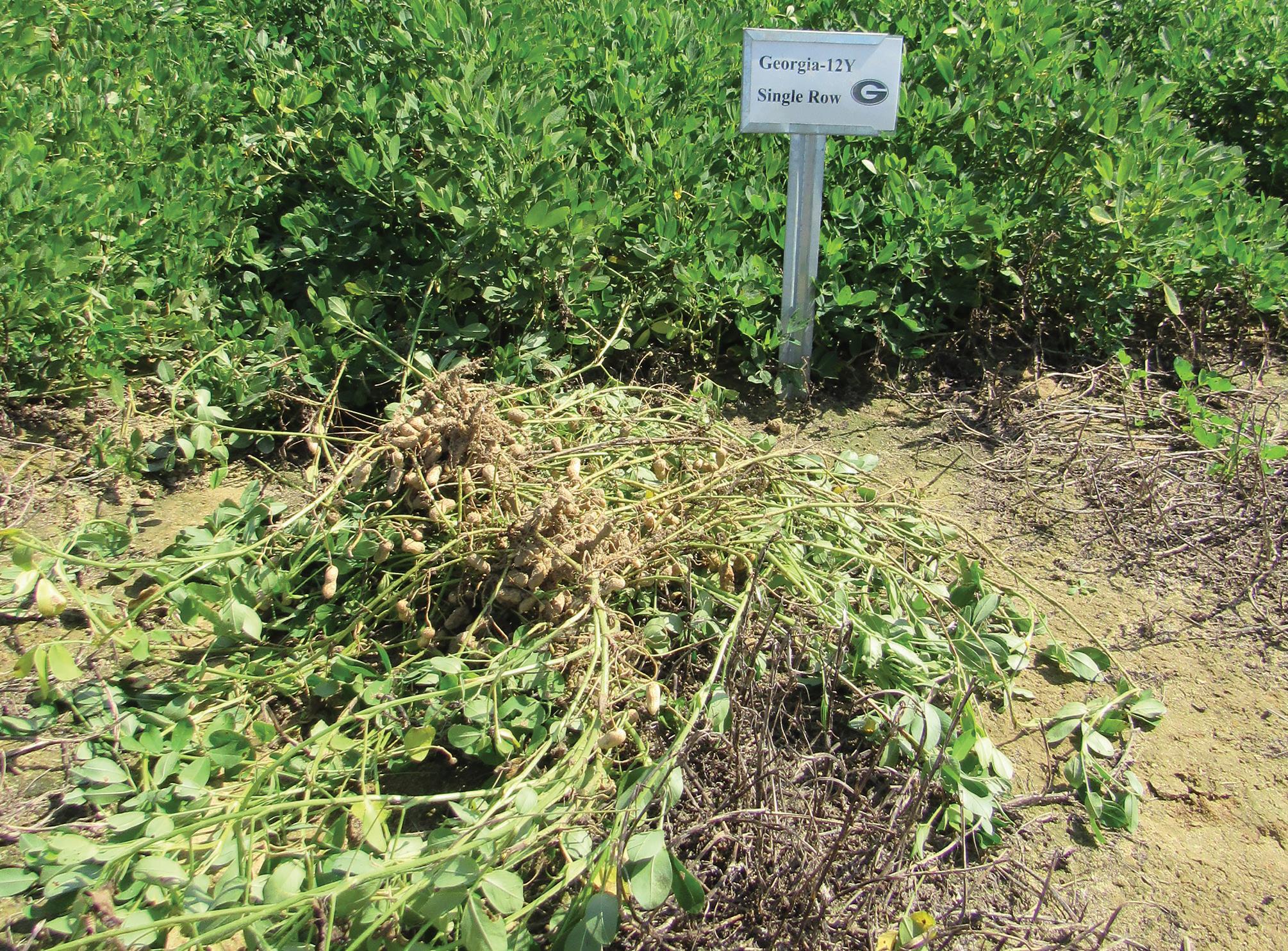
Start With e Basics
As we move toward planting in 2020, remembering the basics is important. With farmers having more acres to manage, it is possible to overlook details that can limit yield. Soil pH is one of the “silent killers” when it comes to yield, especially with respect to peanut. The optimum pH range is 5.8 to 6.2. In a recent survey of soil samples sent for testing, a little more than half of the samples fell in this range. Most of the remaining samples were equally split between a pH greater than 6.2 and a pH between 5.4 to 5.7. About 5% of samples were below a pH of 5.4.
Using historical yield data from research plots, the economic value of adjusting pH from 5.3 to 5.8 using 2 tons at $535 per ton, with the cost of lime at $42 per ton, was about $200 per acre. This is an 11:1 return on lime investment, even when all of the lime cost was charged to peanuts. Having soil pH in the optimum range also increases the likelihood of getting a positive response to applied gypsum and Bradyrhizobia for nitrogen fixation. A second basic is establishing good rotation sequences for peanuts. More years of corn or cotton and fewer years of soybean often result in greater peanut yield. If you need soybeans for overall farm profitability, plant this crop after peanuts and then put in at least three years of cotton, corn or grain sorghum in the rotation prior to peanut. Sweet potato is a great rotation with peanuts, while tobacco is less than ideal but better than soybeans. Our tools are limited in their ability to overcome poor rotations. Disease-resistant varieties can help, and some commercial products can suppress nematodes and disease. But these approaches can have inconsistent results. We do not have a Virginia market-type with resistance to nematodes. While the economics of the rotation crop will almost always outweigh the impact of overall rotation sequence, at some point a less-than-ideal rotation sequence will affect peanut yield or require greater input costs.
From a weed management standpoint, using more residual herbicides upfront – preplant in conservation tillage, preplant incorporated in conventional tillage, preemergence in both tillage systems, and early postemergence – being timely with postemergence sprays, rotating modes of action, and pulling up escaped weeds to prevent seed production are important elements of successful weed management in DAVID JORDAN North Carolina State University Extension Agronomist
peanut. Pay particular attention to common ragweed and Palmer amaranth in the V-C region. We have ALS resistance in both weed species and suspected PPO resistance in some areas. If you had a strong PPO-herbicide program and these weeds escape, be diligent in keeping them from seeding out. Start out with clean fields in both conventional and conservation tillage – it makes for a long summer when we have to start catching up as peanuts are emerging.
Arm Yourself With Knowledge
I’ve heard many times, and I bet you have too, “In a typical year, you can expect ….” The problem is that “typical year” is a mythical creature in some agricultural fairy tale. The best way to be prepared this season is to arm yourself with knowledge so you can make the best decisions possible in your quest for that happy ending.
Many growers have already made a great first step by attending county production meetings where Extension specialists have updated them on new research findings and recommendations. Some key issues discussed were fertility, TSWV, seed quality, variety selection, weed, disease and insect management, and harvest decisions. Here are a few items to consider prior to and at planting that deserve mentioning again:
• Take soil samples, and adjust pH and/or replenish nutrients as needed, especially in a short rotations. • Good quality seed is key! Ask for the percent germination of each lot before you plant. • Adjust seeding rate based on germination rate. Do not increase the seeding rate without knowing the germination percentage. • Start with a weed-free field no matter which tillage practice you use. • Calibrate your sprayer, planter, granular hoppers, etc. before planting the first seed. • TSWV has increased the past few years. Consider the risk of planting before May 10. • Thimet is recommended to help suppress TSWV. • Know the disease susceptibility of the peanut cultivar you are planting by referring to Peanut Rx. • Make sure soil temperature is at least 68 degrees F for three days with no threat of a cold snap before planting. • Know your situation and adjust accordingly. SCOTT MONFORT University of Georgia Extension Agronomist
You can find information on these topics at your county Extension office and on the UGA peanut team website at ugapeanutteam.org. Information on the website includes the Peanut Production Quick Reference Guide, peanut budgets, the Georgia Pesticide Handbook and the Peanut Scout Handbook.
Explore Ag Apps Now
Variety selection is the most important decision a grower can make prior to planting. Unlike herbicide or fungicide decisions that can be changed during the season to address specific conditions and pests, variety selection is made only once, and it dictates the management of a field for the entire season. It is important to review available peanut types and varieties locally, and select a variety that includes an appropriate disease package and maturity characteristics. Be ready to apply yellow herbicides to keep fields weedfree early in the season. Our updated weed control publicaEMI KIMURA Texas A&M AgriLife Extension Peanut Specialist

tion has suggestions that will help you plan. Make sure to rotate modes of action and avoid repeating the same ones.
There are eight known herbicide-resistant weeds in Texas: common sunflower, Palmer amaranth, tall waterhemp, johnsongrass, kochia, barnyardgrass and perennial ryegrass. These weeds are officially reported to the international survey of herbicide resistant weeds; however, there are some reports on the lack of yellow nutsedge control with Cadre. We can slow down the development of herbicide-resistant weed populations by rotating herbicide modes of action.
Before planting is a good time to get familiar with some useful agricultural apps. There are numerous apps available that can help you improve management practices. Apps that are particularly useful for peanut production are those that can provide evapotranspiration information using nearby weather station and satellite data. Evapotranspiration information can aid in irrigation management strategy. Some evapotranspiration apps simply provide amount of water lost at a selected location, while others provide more specific amounts of water required for specific crops based on information we enter into the app.
Other useful apps include weather apps, calculators for fertilizer, unit conversions, pesticide calibration, and scouting with identification of disease, weeds, insects and nutrient deficiency symptoms. Explore the options to find the best app to fit your management practices.
When it comes to spreading good, every peanut counts.

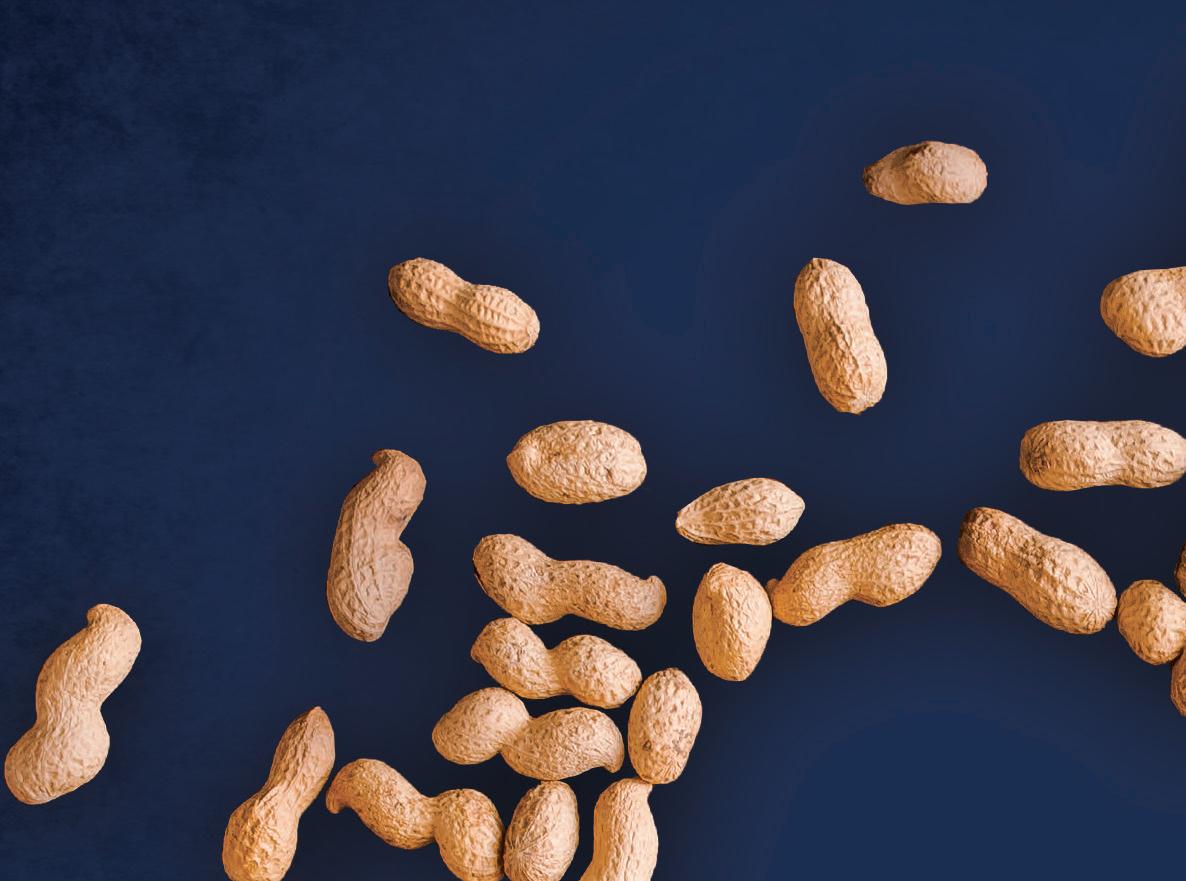
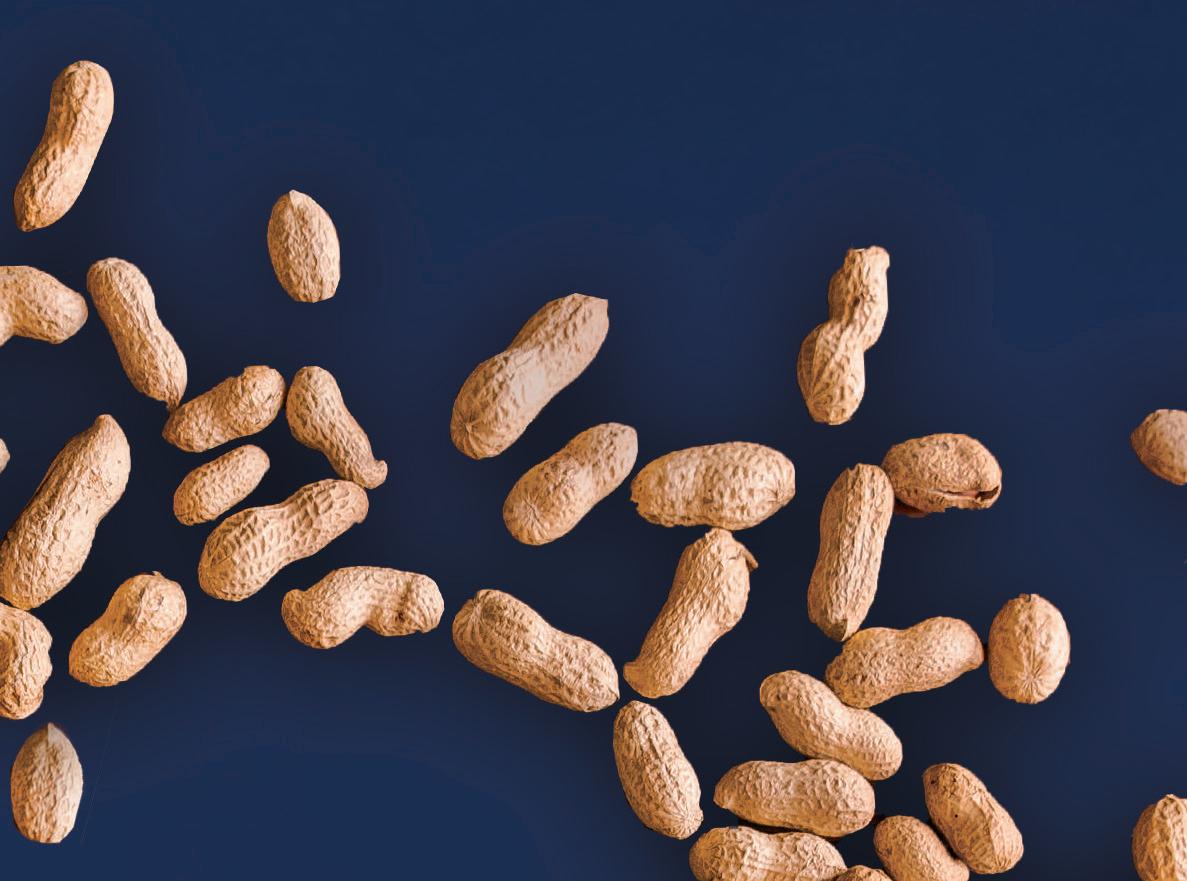
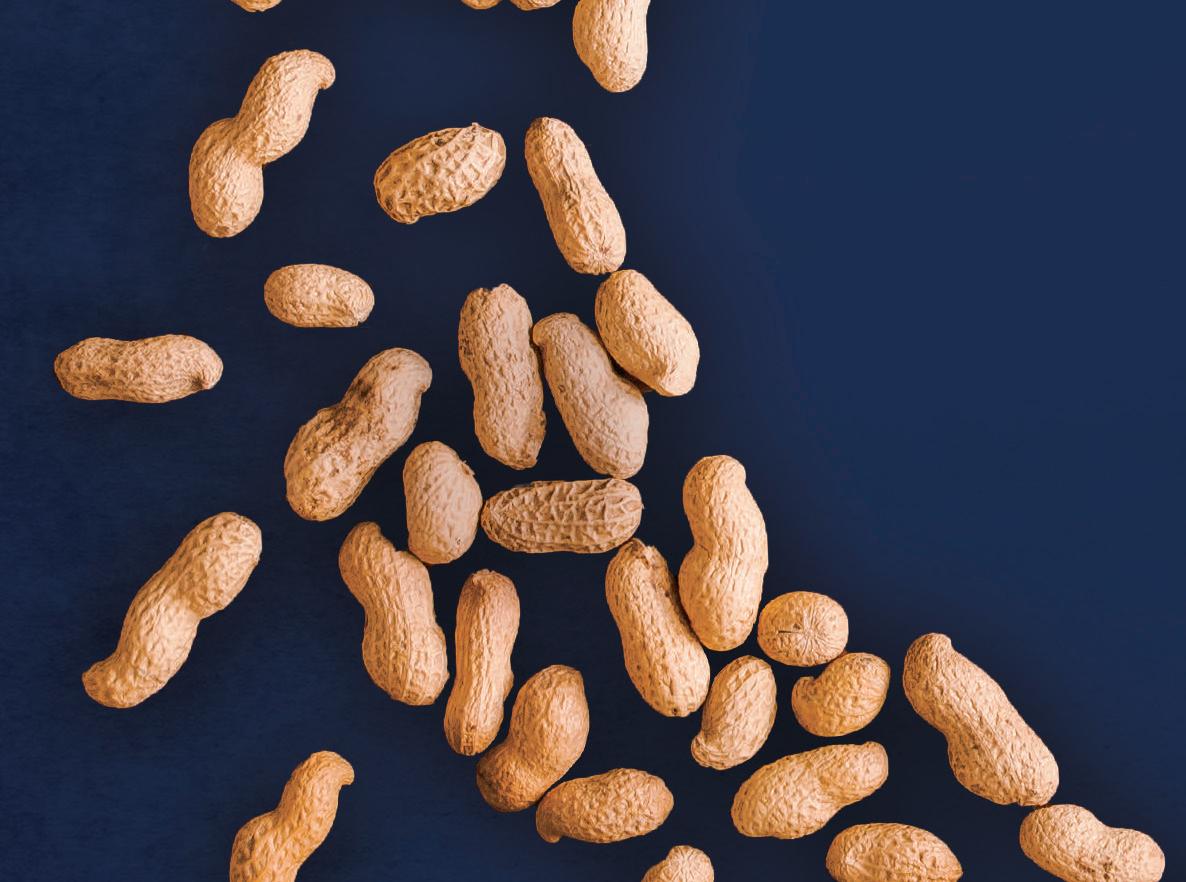
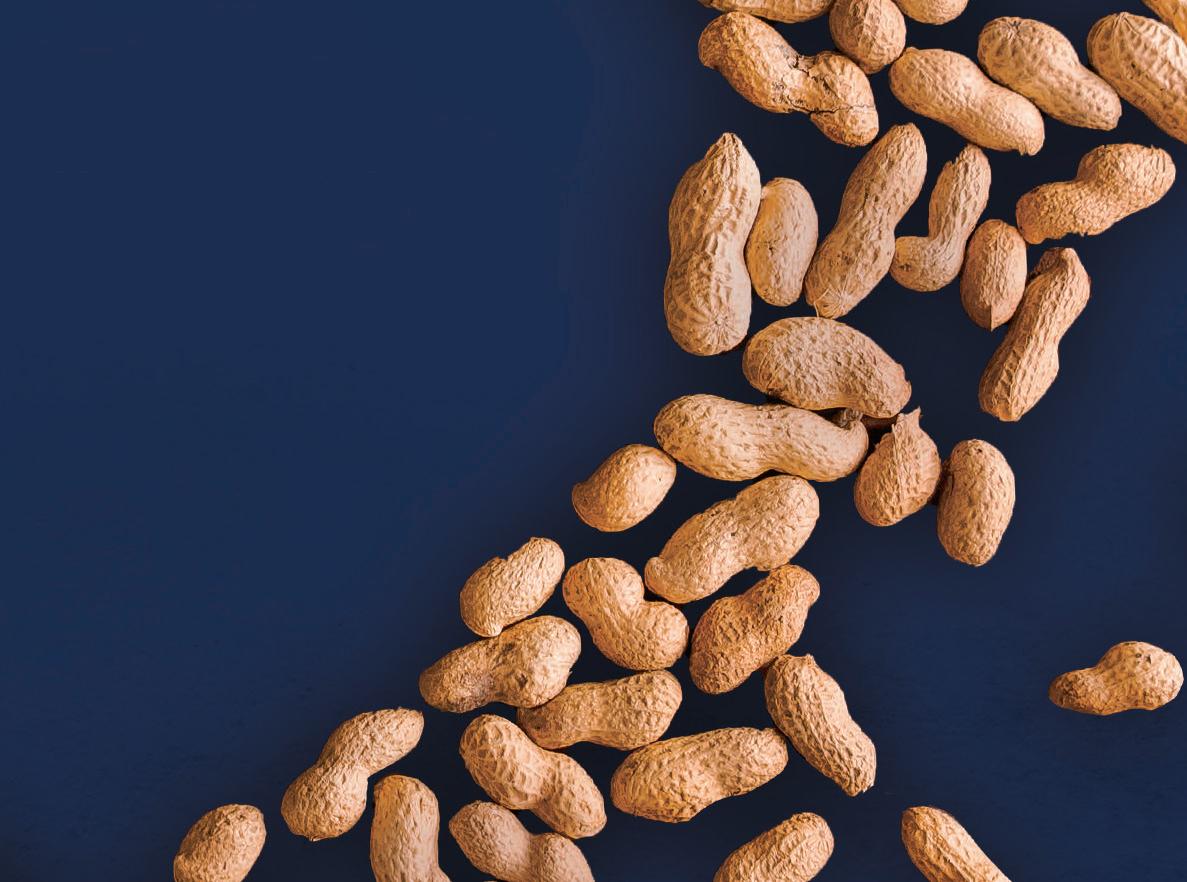


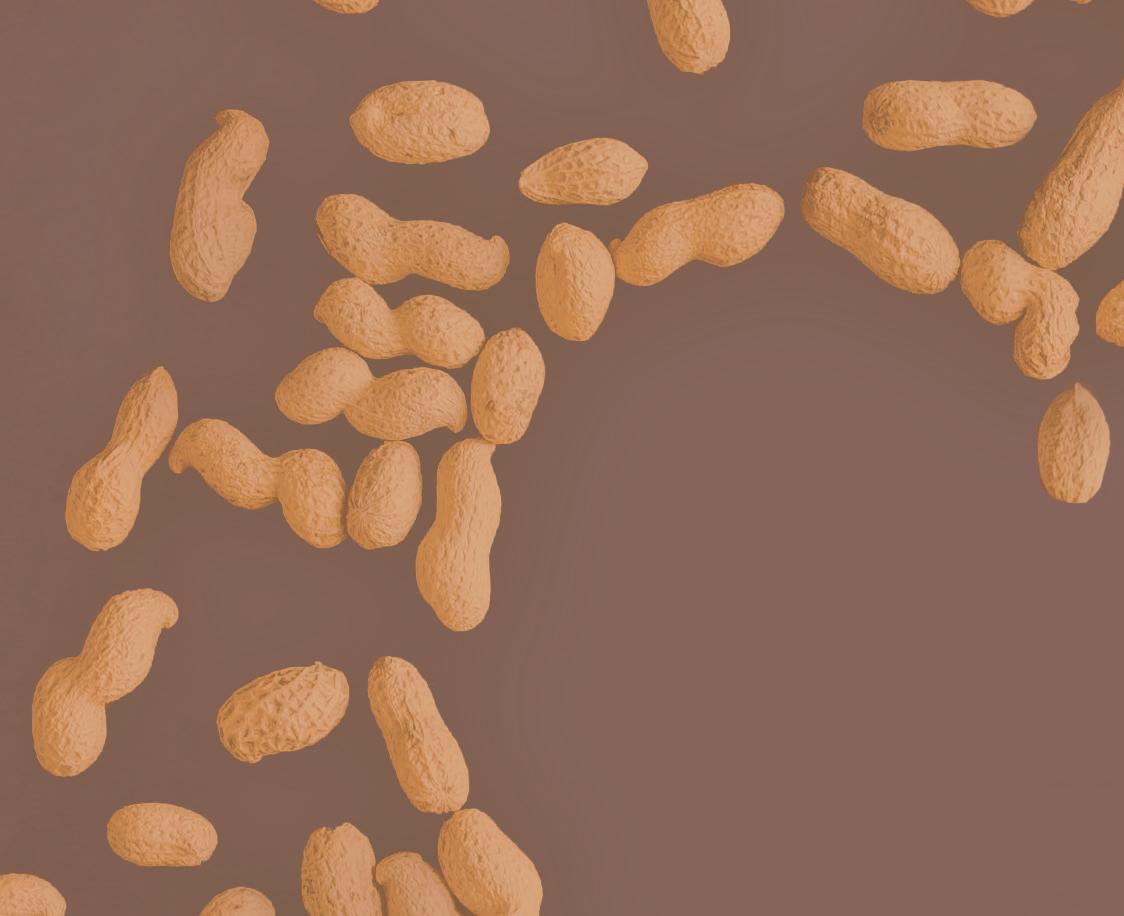

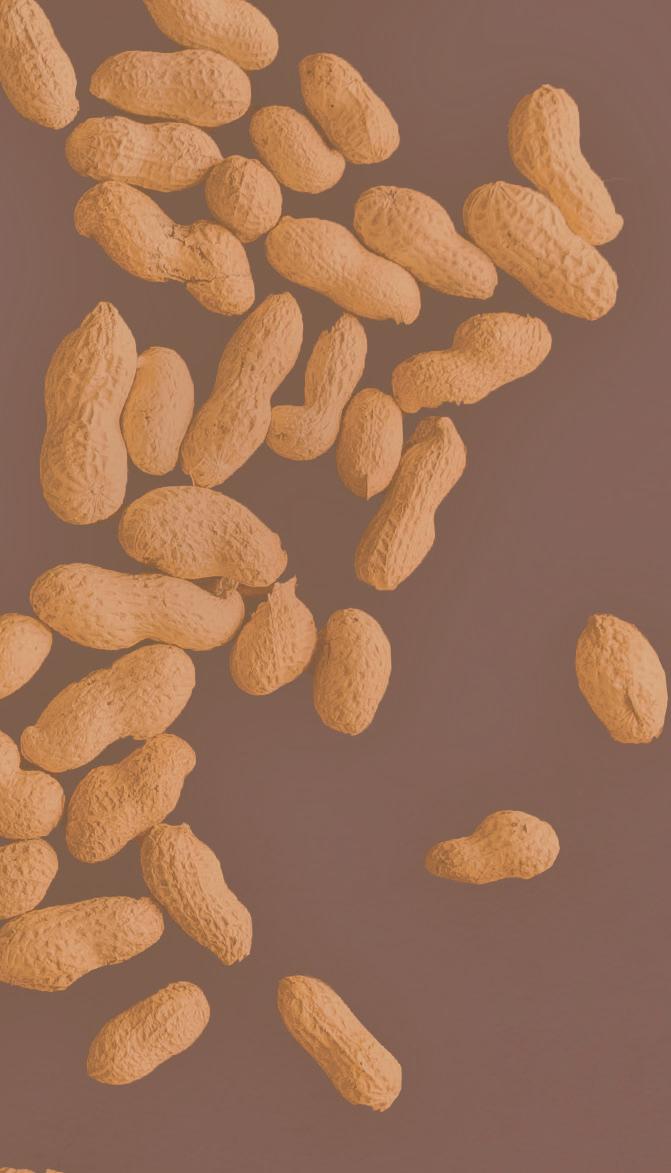
With acts that trigger donations up to 17,000 pounds of peanuts, our campaign is giving back to those who need it most.
Pitch in to help with Spreading Good by visiting PeanutResources.com
TACKLE EVERY DAY WITH FULL FORCE.

Your task list is full. Thankfully, so are Case IH Farmall ® utility C series tractors – full of comfort, features and power to handle anything you throw at them. Designed with their weight distributed in six different locations, these versatile tractors push, pull and lift more. The powerful 4-cylinder, 3.4-liter engine is electronically controlled, turbocharged and after-cooled for quick throttle response. Plus, the emissions system does not require a diesel particulate filter – reducing time loss and fuel waste on regeneration. And with improved cab comfort, these deluxe tractors are more than ready to do their part to make long days a lot more productive. To learn more about Case IH Farmall utility C series tractors, see your local Case IH dealer or visit caseih.com today!




